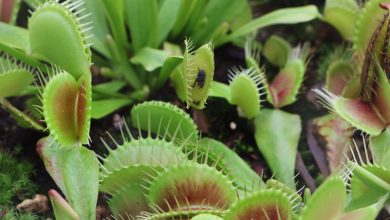How to make cuttings that grow successfully
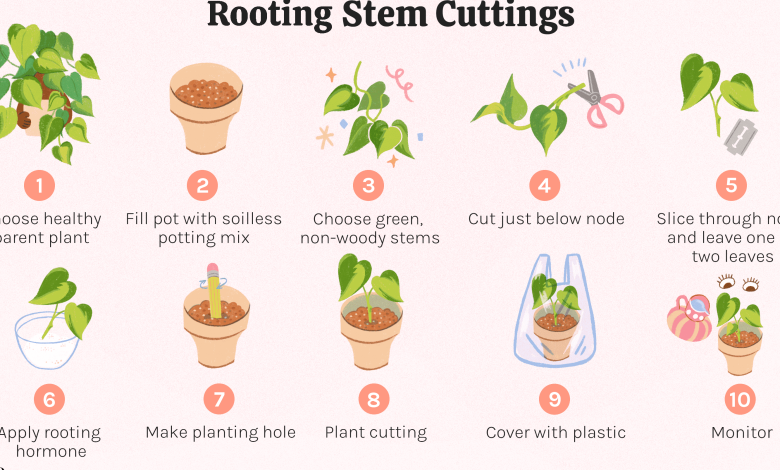
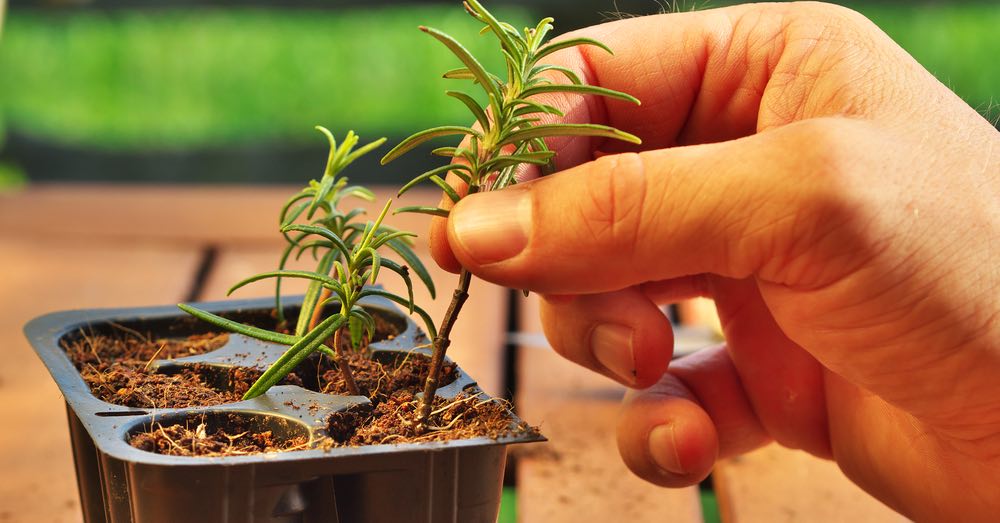
Making cuttings is one of the basic techniques in gardening. A more than popular practice that allows us to propagate a certain plant. However, despite the apparent ease, how to make cuttings successfully has its crumb. Or rather, his tricks. Some essential so that we can enjoy that multiplication of our plant comes to fruition. And it is that not all plants allow cuttings, and they are not even done in the same way depending on the type of plant species.
At first glance, taking cuttings is cutting a stem from a plant to get another exactly the same. So far the theory. The practice is quite different, since even the cut determines the success of our future plant. But it is not the only thing that influences its good future. In addition, there are other decisive aspects that we do not usually take into account, such as the time of year or where we transplant our plant project.
Because of the weight that all these details have and because of how common it is to make cuttings, today we want to see in detail what is the best way to carry them out. A mini advice guide that will allow you to reproduce your plants without frights.
1. WHEN TO MAKE CUTTINGS, A CRUCIAL ASPECT
Although we may believe that any time of the year is good to make cuttings, this is not the case. In order to take root properly, these bits of plant need mild temperatures and a certain degree of humidity. One aspect, this last one, fundamental since only thanks to this they will be able to generate root without dehydrating.
Added, we must consider that it is essential to make cuttings in times of vegetative growth. Taking advantage of this natural cycle of the plant allows us to encourage the plant to grow and generate new leaves or roots in a simple way.
For all these reasons, there are two star times of the year to make cuttings: spring and autumn. And, coincidentally, this last season coincides with the time of pruning of some plants. A fantastic opportunity to take advantage of them as future new plants.
2. WHAT WE NEED TO MAKE CUTTINGS
An aspect that is not secondary at all, and that we have to plan in two aspects: what to cut with and where to plant.
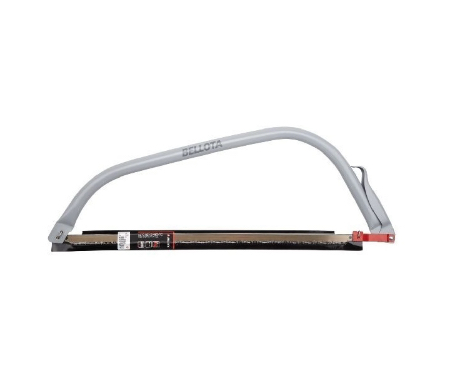
Let’s start with the first: by choosing the pruning tools. In the case of plant species with soft or slightly woody stems, we will need a hand pruning shears. Fundamental: that it be thin and sharp. This is important, as the idea is to do as little damage as possible to the mother plant. As vital as the tool we use is conveniently clean, to avoid any disease. If our intention is to make cuttings from shrubs or small trees, we will need a rigid pruning saw.
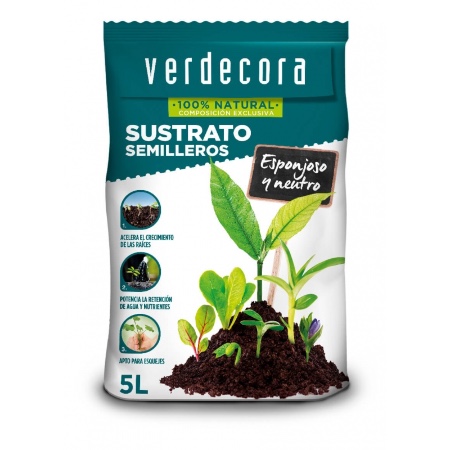
Understanding what to make the cut with, let’s see what we need to take care of our cutting. Although some plants can be grown in a glass until they take root, the ideal is to place our cuttings in a seed tray or coconut fiber pots. But, even more important than the container, is what type of substrate we use. Since cuttings need moisture, black peat or a seedbed substrate is ideal. In the case of cuttings of woody plants such as the rose bush, we will plant them directly in the ground.
Nor does it hurt to have rooting hormones or opt for a substrate that includes them. Thanks to them, the chances of our cutting prospering will grow exponentially.
3. HOW TO MAKE CUTTINGS CORRECTLY
Before launching into cuttings, it is essential to know a little more about the plant. Although it may seem secondary, it is not. There are plant species that do not support propagation by cuttings, and knowing this will prevent us from having the disappointment of seeing that our future plant does not prosper. Before launching into cutting without rhyme or reason, let’s see some examples of the plants that best lend themselves to making cuttings. And what is more important: the ideal way to do it in each of the cases.
- Potho, begonia, joy of the house or geranium: the ideal is to cut a stem and place it in a glass of water until it takes root
- Money plant, lavender, rosemary or basil: they need a moist and rich substrate to root properly
- Rose bushes, hibiscus and hydrangea: take advantage of the pruned autumn branch, and plant directly in the ground
How to make a cutting
Once you have discovered whether or not the plant can take cuttings, it is time to take action. And it is that we should not just cut, but do a little observation exercise to choose the best possible candidate.
The ideal is to take advantage of a tender stem that we see healthy and flexible. One that was born this season, that is fully grown and that does not exceed 30 centimeters. These dimensions also depend on the plant species from which we want to make cuttings. In the case of shrubs and small plants, a branch between five and 10 centimeters will suffice.
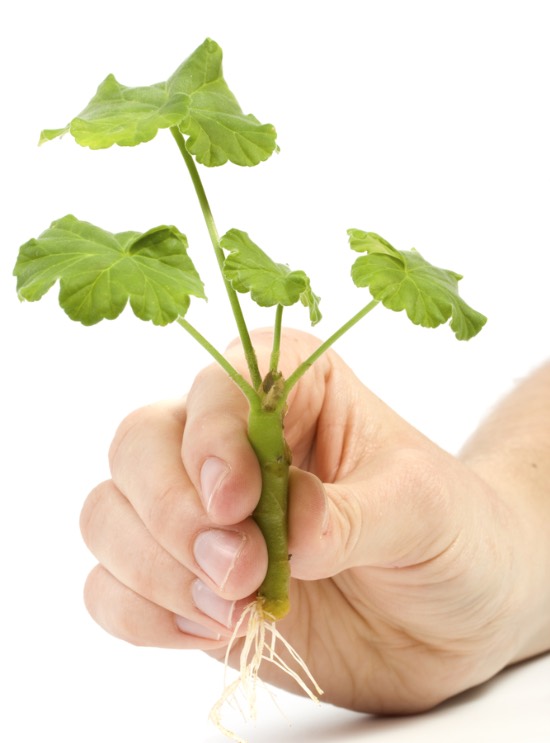
To cut, the ideal is to do the pruning at the base of the bud and diagonally. It is important that our cut is as clean as possible, to avoid damaging the rest of the plant. It is also important to cut a bevel at the top of the branch or stem. In this way, our little piece of plant will have no intention of growing and will concentrate all its energy on creating roots.
How to grow the cutting
If the species we want to propagate is grown in water, it’s simple. Day after day we will be able to see its evolution, and contemplate how its roots are born. However, most of the cuttings will require a different treatment, and it is in those particular cases that we are going to emphasize.
- Cuttings planted in seedbeds: it is essential to prepare the seedbeds with the aforementioned substrate, making a good drainage hole. It is important not to weigh down the soil: if it is aerated, it will favor the oxygenation of future roots. If we use a rooting product, the ideal is to cover the base of the stem before introducing it into the ground. With the planting prepared, place in a shaded place and water as if it were a fine rain
- Cuttings planted directly in the ground: in the case of these plants, such as rose bushes and hydrangeas, it is essential to use a rooting product. Only then will we get them to take root. The ideal is to previously condition the planting place and make the hole in which we will include our piece of plant with a stick or a thin cylinder. It is important to water afterwards, and do it when we see that the surface of the earth is dry.
Regardless of the type of planting, there is another important trick to making cuttings. And it is quite logical. Before planting them, we will remove all the lower leaves of the stem and the flower buds if they exist. In this way, our future plant will be able to save energy for the growth of its root.
Do you usually make cuttings? What plants do you usually make them with? Tell us!

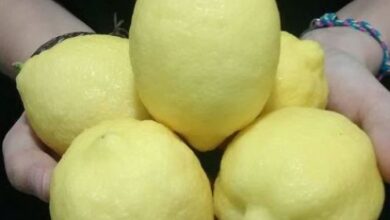

![Photo of Indoor Plant Care: [Soil, Humidity, Pruning and Problems]](https://www.complete-gardening.com/wp-content/uploads/2022/08/indoor-plant-care-soil-humidity-pruning-and-problems-390x220.jpg)
